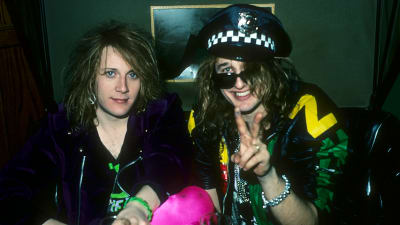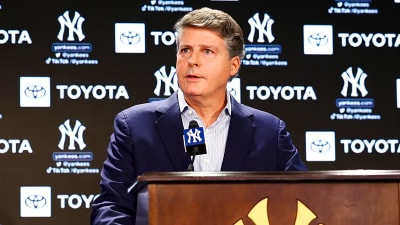
An early season matchup between the Chicago Blackhawks and the Vancouver Canucks ended in a shootout victory for the Canucks. It was an exciting contest between two teams looking to re-enter the playoff conversation in 2025-2026. Canucks goalie Kevin Lankinen stood tall in the shootout to give Vancouver the extra point.
The Blackhawks believed they won the game in regulation, however. Veteran winger Tyler Bertuzzi scored what he thought was the go-ahead goal almost 15 minutes into the third period, only for the officials to disallow the goal on the ice due to goaltender interference. The Hawks challenged the call, but it wasn't overturned. The game remained tied, went to overtime and eventually a shootout, and the Canucks earned the extra point.
In a 2-2 game with 5 minutes to go this play was called no goal for goalie interference. pic.twitter.com/BevERr05tj
— B/R Open Ice (@BR_OpenIce) October 18, 2025
The Inconsistency of the Rule
What this game highlighted was the inconsistency surrounding the NHL’s goaltender interference rule. The rule book provides a lengthy and convoluted definition of when goals should be disallowed due to goaltender interference.
The gray area exists between when plays are blown dead versus when pucks are still live. And that area is only exacerbated by referee and official’s discretion. The game happens so quickly and it’s impossible to notice every tiny aspect of the game in real time, which leaves the officials at the mercy of a limited point of view to make certain calls that can drastically swing the result of a game.
The officials called the play no-goal on the ice, meaning they needed sufficient and clear evidence to overturn the ruling. Had they let the play continued and called it a goal on the ice, the same issue may have applied, but the result would have been completely different.
Players Are Noticing
The Blackhawks were obviously not pleased with the officials ruling on the ice and decision after review. Speaking to reporters postgame, defenseman Connor Murphy explained what the officials told him after their review.
“The puck was partially covered, so they looked at that as a dead puck even though the whistle still wasn't blown,” he explained. “I understand the ruling, but I've seen a lot of goals where you're battling, your goalie's got it half under equipment, and a guy just gives it one poke and it goes in. I didn't see the goalie's pad go in; it was more the puck first. So I thought it easily could've been counted.”
Bertuzzi expressed a different kind of emotion. His frustration was evident was he spoke to reporters post game, deciding to reserve his true feelings in fear of a potential fine from the NHL.
”I won't comment because I'll probably get fined,” he said when asked about the disallowed goal. ”I think it was not that great of a call.”
The officials can’t be perfect, but this game showcased a larger issue. When the rules have ambiguities and there is so much space for the officials to interpret the play, it leads to major inconsistencies. The players are noticing, and it’s creating frustration as they struggle to find answers or reasonable explanations from the league or officiating.
More must-reads:
- Sidney Crosby’s age-38 revival powers surprising Penguins, fuels push for MVP
- Former All-Star Alek Manoah signs with a new team
- The 'Last pair of 100-yard rushers by team' quiz
Breaking News
Trending News
Customize Your Newsletter
 +
+
Get the latest news and rumors, customized to your favorite sports and teams. Emailed daily. Always free!








